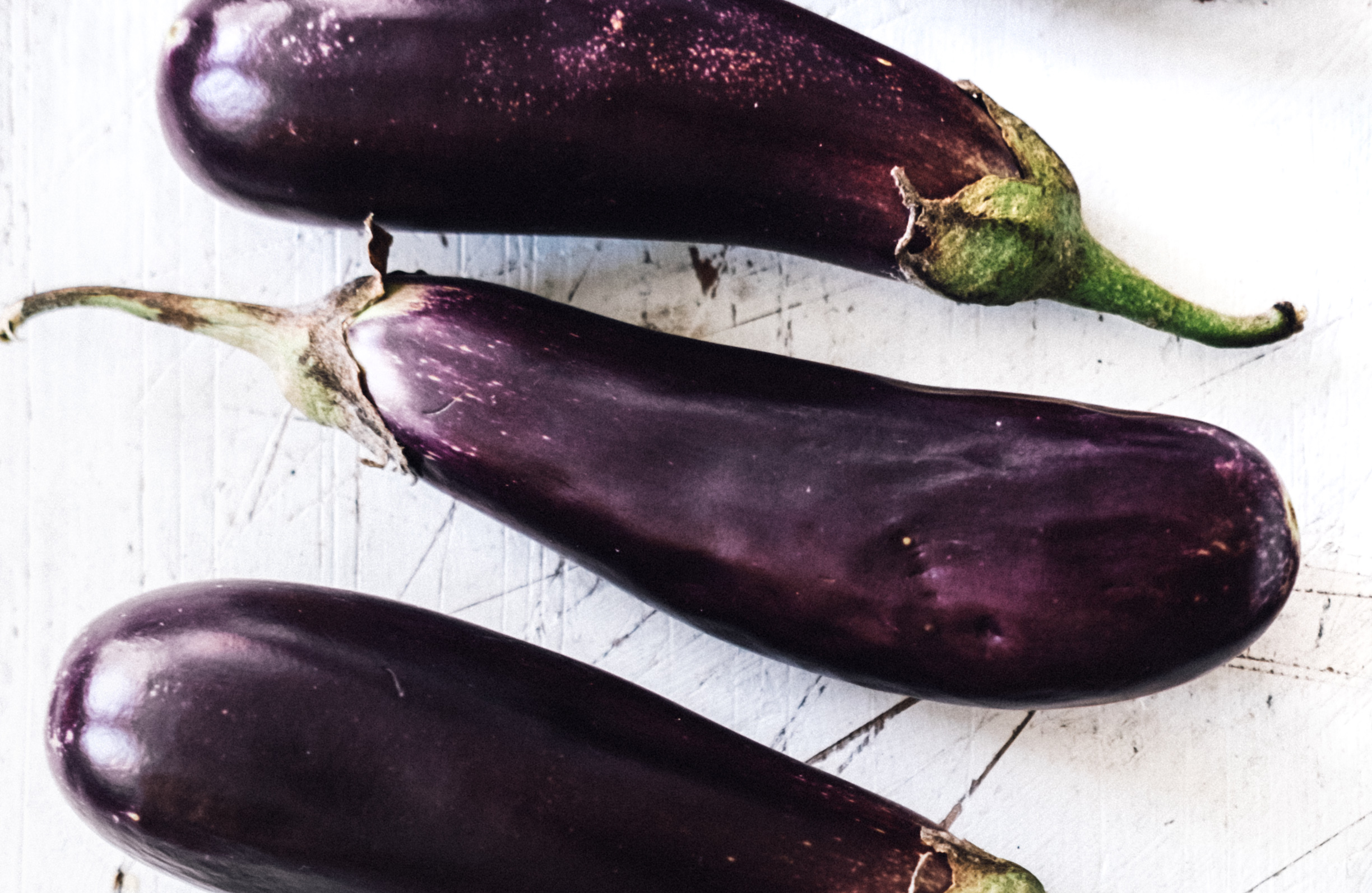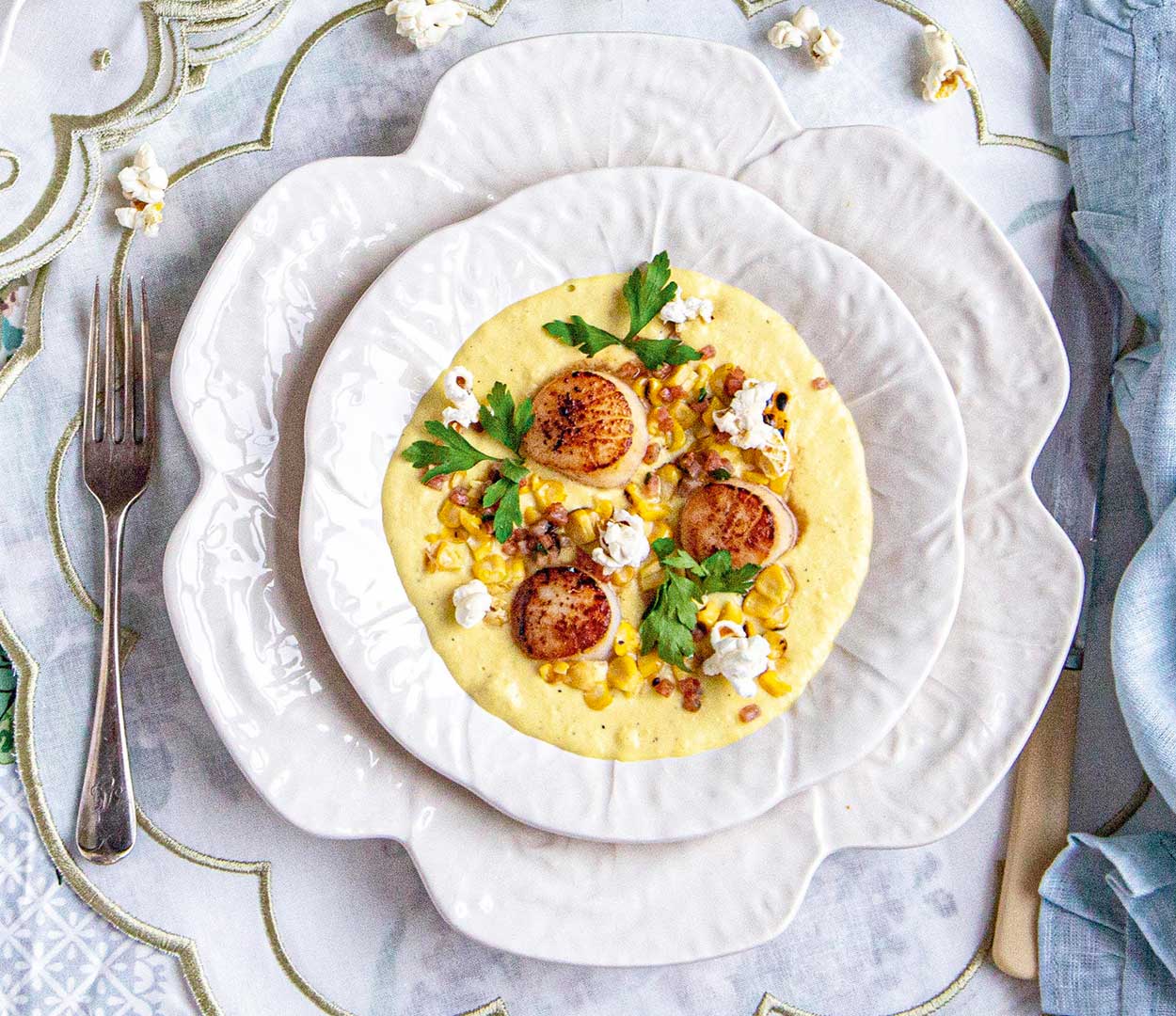How to make Baingan Bharta, spiced smoky aubergines
With gleaming skin and a plump, elongated shape, the versatile aubergine offers subtle, yet luscious succour in this Indian dish, says Tom Parker Bowles.


Despite its slick, glossy sheen and generously abundant curves, the aubergine is decidedly modest, shy rather than showy, entirely happy in the supporting role. For this is one of those ingredients (and it is botanically a fruit, rather than a vegetable) that feels no need to shout, lacking the chilli’s roar or lemon’s bite. No, the aubergine has a gentle, subtle appeal, offering luscious succour to flavours more strident than its own.
That’s not to say it’s a second-tier ingredient, however. Far from it, the aubergine plays an essential role in cuisines the world over: Mediterranean hero, Indian stalwart and staple of the East, Near, Far and Middle alike. From smoky Gujarati ringan no odo to Greek moussaka; Afghani turshi bonjonesia pickle to Thai yam makeua yao (aubergine salad); Turkish Imam bayildi (meaning ‘The Imam fainted,’ although whether from delight at the dish or shock at the cost of the oil used, no one is entirely sure) to Italian melanzane alla parmigiana. The aubergine is an astonishingly versatile fruit.
And one that transforms, with the application of heat, from raw and stolid to soft and silken. As seen so beautifully in nasu dengaku, that Japanese classic, where the aubergine is sliced in half, slashed, then slathered with a mix of miso, mirin, sake and soy sauce, before being slid under a raging grill. The result is sweet, savoury and utterly beguiling — culinary alchemy at its best.
It’s not all about deep purple, either. Aubergines come in many shades and shapes, ranging from white balls (hence ‘eggplant’) and purple-streaked spheres to elongated yellow streaks. The flavour can vary, too. In their original form, they tended towards the bitter, which explains the usual advice to salt for an hour before cooking. This not only extracts the moisture, by breaking down cell walls, but also removes the bitter juice. These days, the majority of aubergines are as mild as a Dorking accountant, although, if it’s acerbic crunch you’re after, look no further than the pea aubergine, a star of many Thai curries.
An Indian native, they came into Spain and Sicily via the Moors. Their etymology has similar roots, although it also involves, er, flatulence. Because the origins of ‘aubergine’ come from the Sanskrit word vatingana, meaning ‘wind-go’. But no one is quite certain if this means the fruit is anti-flatulent. As in, ‘wind, be gone’. Or the exact opposite. I’d plump for the former, as the aubergine is most certainly no artichoke.
Anyway, scatological debate aside, vatingana became badingan in Persian, which, when brought into Arabic, took on the definite article ‘al’, creating al-badhinjan.
Are you keeping up? Good. So, when the Moors invaded Spain, bringing the aubergine with them, the locals, thinking this was all one word, made it into alberginia, which, in turn, was turned into aubergine by the French. Something we picked up here in the late 18th century.
Exquisite houses, the beauty of Nature, and how to get the most from your life, straight to your inbox.
My love affair with the aubergine is relatively recent, having been traumatised by prep-school moussaka, an unholy alliance of gritty lamb mince, lumpy white béchamel and hideously slimy scraps of aubergine. It put me off for years.
However, this is one passion that grows ever more intense. As Roger Vergé, that late great master of Provençal cooking, once sighed: ‘Gleaming skin, a plump, elongated shape; the aubergine is a vegetable you’d want to caress with your eyes and fingers, even if you didn’t know its luscious flavour.’ As always, I’m with chef.
This recipe for Baingan Bharta (smoky aubergine mask) comes from Roopa Gulati’s India book (part of the excellent ‘The World Vegetarian’ series). Traditionally, the aubergines would be roasted over an open fire. You can do that or use a barbecue — or, as the author points out: ‘The ordinary gas hob does a pretty good job, too. Choose medium-sized, plump aubergines with smooth, purple skin. And the skin chars. The flesh collapses into a velvety mush.’ You could also rub the aubergine with oil and roast it in an oven on its hottest setting for 40 minutes, until tender. Although, ‘sadly, you don’t get the same degree of smokiness’.
Baingan Bharta
Ingredients
Serves 6
- 2 large aubergines
- 50g ghee or unsalted butter
- 2 onions, diced
- 25g root ginger, peeled and finely grated
- 3 garlic cloves, crushed
- 1 green chilli, chopped
- 1⁄2tspn Kashmiri chilli powder
- 1⁄2tspn garam masala
- 1⁄4tspn ground, roasted cumin seeds
- 2 tomatoes, diced
- 2tbspn chopped coriander
- Squeeze of lime
Method
Put the whole aubergines over two gas flames burning on a medium heat and roast them, turning frequently, until the skin has charred and the flesh collapsed (about 12–15 minutes). Transfer to a roasting tray and leave to cool. Remove most of the skin with your fingers, leaving a few flecks to add extra flavour. Roughly mash the flesh with a fork and set aside.
Heat the ghee or butter in a frying pan over a medium-low heat. Add the onions and cook for 8–10 minutes, until browned. Add the ginger, garlic and chilli and allow to cook out for 1–2 minutes.
Stir in the chilli powder, garam masala, cumin and tomatoes and fry for a further one minute, then add the aubergine pulp and cook over a low heat for about 10 minutes, until the aubergine turns a russet brown. Stir in the coriander and finish with a squeeze of lime.
Serve with naan or chapatis.

Credit: Melanie Johnson for Country Life
How to make scallops with sweetcorn cream and bacon
Ideal for a fancy lunch or a special supper, this dish makes the most of some lovely ingredients you might
Tom Parker Bowles is food writer, critic and regular contributor to Country Life.
